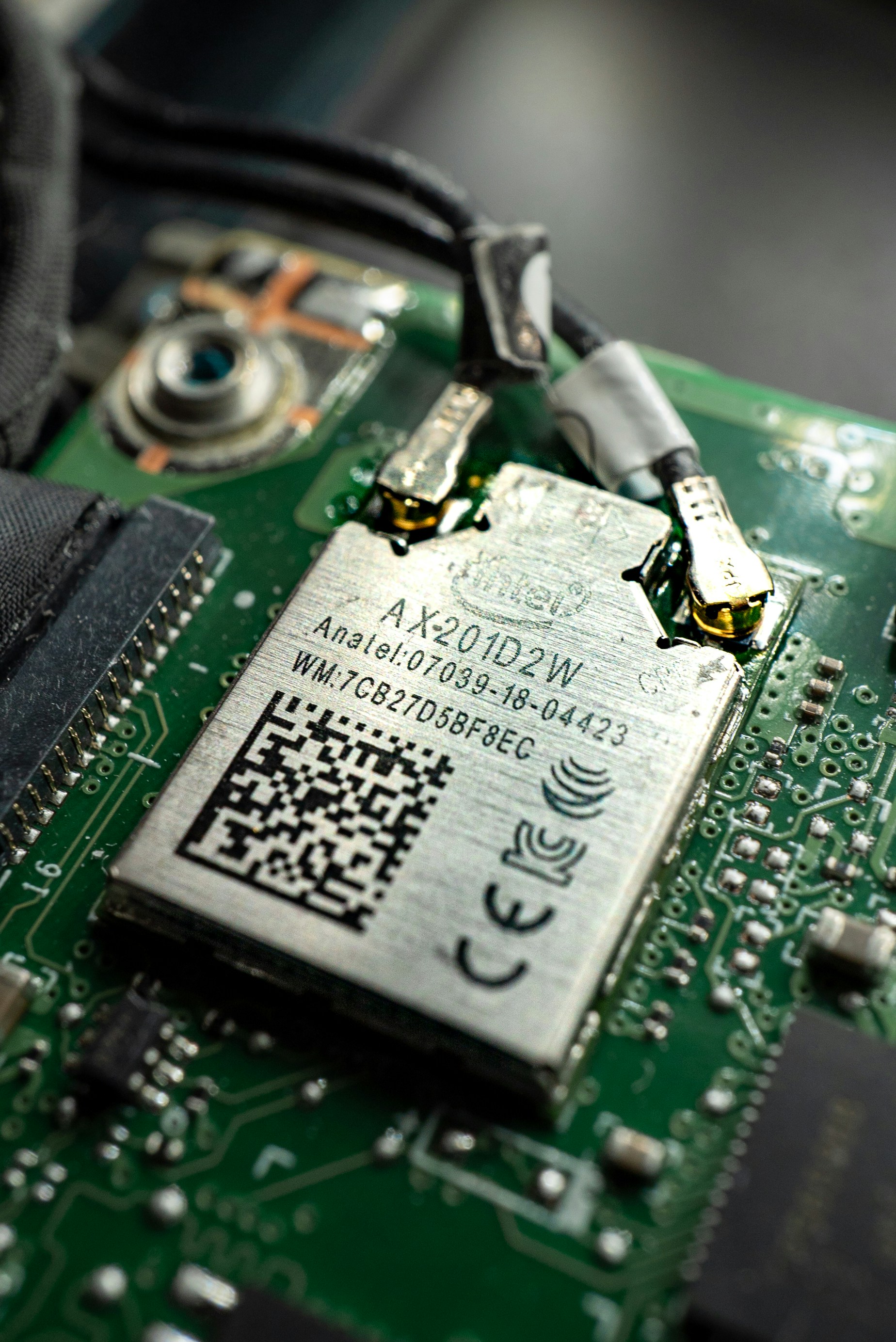
What is a Stock Split?
A stock split is a corporate action that increases the number of a company’s outstanding shares while simultaneously reducing the share price, such that the overall market capitalization remains unchanged. This mechanism allows shareholders to maintain the same proportional ownership in the company, despite the increase in the total number of shares. For example, in a two-for-one stock split, each shareholder receives an additional share for each share they already own, which results in the company’s stock price being halved.
Companies often decide to undertake a stock split for several strategic reasons. Primarily, a stock split can make shares more affordable for a broader range of investors. If a company’s stock price has risen significantly, it may become prohibitively expensive for some retail investors. By executing a split, the company can lower its share price, thereby enhancing liquidity and attracting more investors, which can subsequently lead to increased trading volumes.
Additionally, a stock split can signal confidence in a company’s growth prospects. When a company splits its stock, it may suggest to the market that its management believes the stock will continue to rise in value. This can foster positive sentiment and potentially enhance the stock’s appeal among institutional investors. However, it’s important to note that while a stock split does not fundamentally change the value of the company or the shareholders’ total investment, it can influence market perception and trading behaviors.
Ultimately, understanding stock splits is crucial for investors as they navigate the complexities of the financial markets. By grasping the mechanics of how stock splits function, investors can make informed decisions that take into account the implications of such corporate actions on their investment portfolios.
Overview of Broadcom’s Stock Split Announcement
Broadcom Inc., a significant player in the semiconductor industry, recently announced a stock split aimed at enhancing its market attractiveness and improving liquidity. The specifics of this stock split detail a ratio of 4-for-1, meaning that for every share held by investors, they will now receive four shares post-split. This decision is expected to take effect on February 1, 2024. The announcement has been met with various reactions from analysts and investors alike, as stock splits often serve as a strategic maneuver to make shares more accessible to a wider range of potential investors.
Company executives, including CEO Hock Tan, emphasized that the intention behind the stock split is not only to lower the share price, which can potentially invite more retail investors but also to align Broadcom’s stock with its long-term growth. In recent comments, Tan noted that the movement reflects the company’s confidence in its future prospects and performance. Analysts observe that stock splits, while largely cosmetic in nature, can play an essential role in shaping market perception and enhancing the overall appeal of a company’s stock.
Investors often view stock splits as a positive signal, suggesting that a company’s value is on an upward trajectory. Furthermore, Broadcom’s decision comes at a time of growth in the technology sector, where multiple drivers, including increased demand for semiconductors, are creating favorable market conditions. The implications of the split may extend beyond the immediate benefit of price accessibility. As the stock becomes more attractive to various investors, it could potentially lead to increased trading volume and heightened interest in the company’s performance.
Implications for Investors and Shareholders
The recent stock split of Broadcom has significant implications for both investors and shareholders. A stock split typically results in a decrease in the stock price, as the company’s total market capitalization remains unchanged while the number of outstanding shares increases. This price adjustment often makes the stock more accessible to a broader pool of potential investors. For existing shareholders, while the number of shares they hold increases, the overall value of their investment remains the same immediately post-split. However, many investors perceive stock splits positively, assuming that they reflect a company’s strong performance and confidence in future growth.
Investor perception plays a vital role in market behavior following a stock split. Historically, companies that undergo a split experience a favorable shift in sentiment, leading to potential increases in demand for the stock. This phenomenon can be attributed to the psychological aspect of lower price points, which can attract both retail and institutional investors. As investors buy shares in anticipation of future price appreciation, market dynamics may further drive the stock’s value higher than its pre-split level.
Another crucial implication is the potential for increased liquidity. With a larger number of shares available for trading, Broadcom may see heightened interest and transaction volumes, creating a more active market environment. Increased liquidity can lead to reduced transaction costs and tighter bid-ask spreads, ultimately benefiting investors.
Expert opinions suggest that while a stock split does not fundamentally alter a company’s financials or operational performance, it can signal a robust health indicator. Analysts often point out that companies that split can be more focused on long-term growth, suggesting confidence in their business model. In conclusion, the implications of Broadcom’s stock split extend beyond mere stock price adjustments, influencing investor behavior, market perception, and liquidity dynamics in ways that could benefit shareholders over time.
Conclusion: Future Outlook for Broadcom Post-Split
The stock split executed by Broadcom has generated considerable discourse among investors and analysts alike, raising important questions about the company’s trajectory. Historically, stock splits can influence market perceptions and trading volumes, which in the case of Broadcom, could lead to enhanced liquidity. This heightened liquidity may attract a broader base of retail investors, potentially increasing demand for the stock, thus influencing its market performance positively in both the short and long term.
Projected reactions from the market suggest a mix of optimism and cautious scrutiny. Investors typically view stock splits as a positive indicator of a company’s growth trajectory, yet it is crucial to remember that the split itself does not change the fundamental value of the company. Consequently, Broadcom’s underlying financial health, competitive positioning, and long-term growth strategy will largely dictate how the stock performs following the split. Analysts are particularly keen on how the company intends to utilize its capital post-split, especially in aligning its investments in semiconductor technology and networking solutions with emerging industry trends.
Looking ahead, Broadcom faces both opportunities and challenges that will shape its post-split path. While the company is well-positioned in the rapidly evolving tech landscape, external factors such as supply chain dynamics and fluctuations in demand for semiconductor products may impact its performance. Analysts forecast that if the company continues its current trajectory, with a focus on innovation and strategic acquisitions, its stock could perform robustly in the coming years. Therefore, investors are advised to monitor Broadcom’s strategic decisions closely, as these will be critical in determining its future growth prospects in the post-split scenario.


